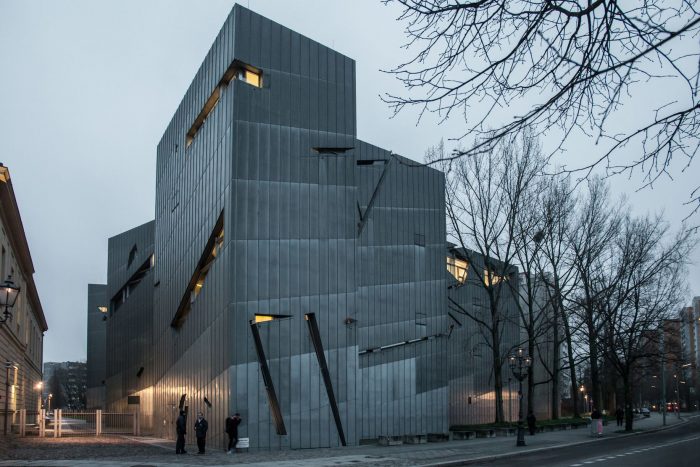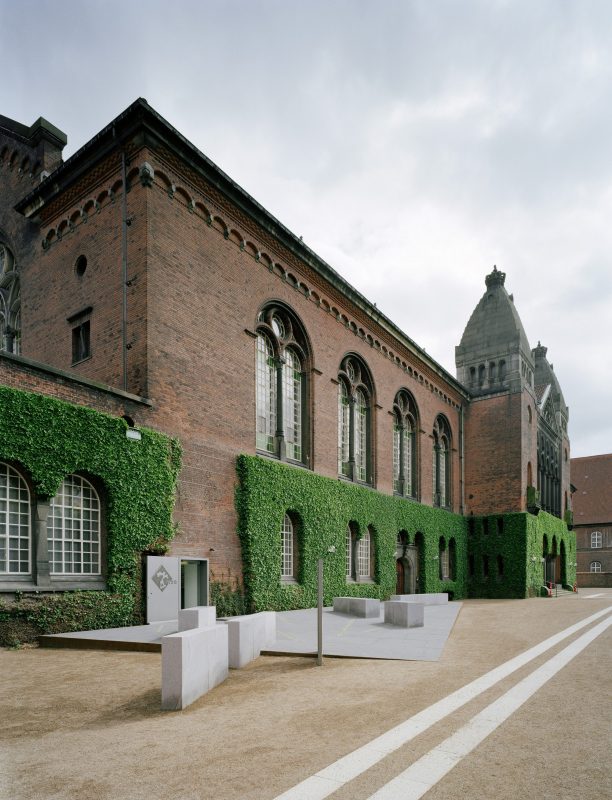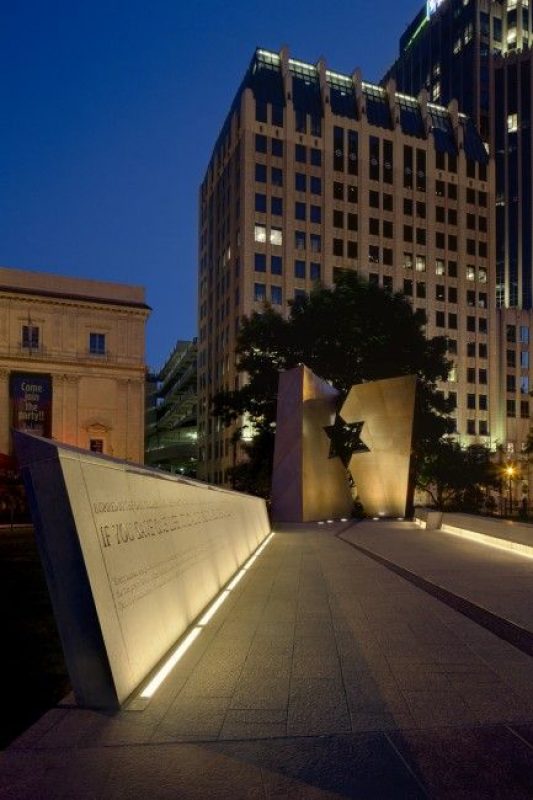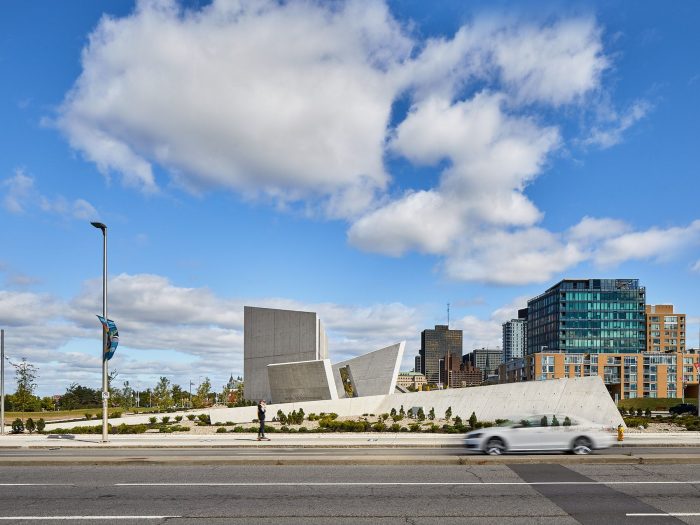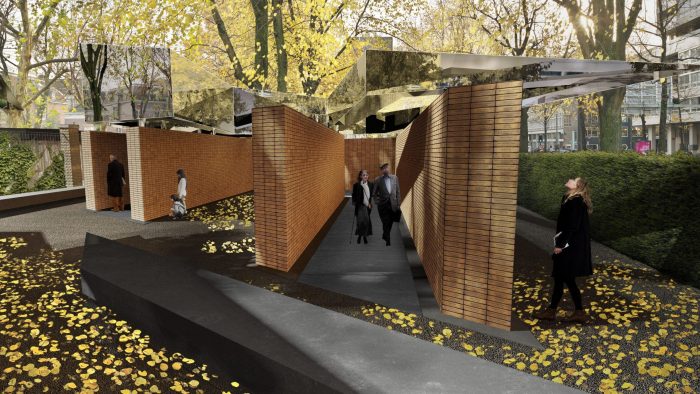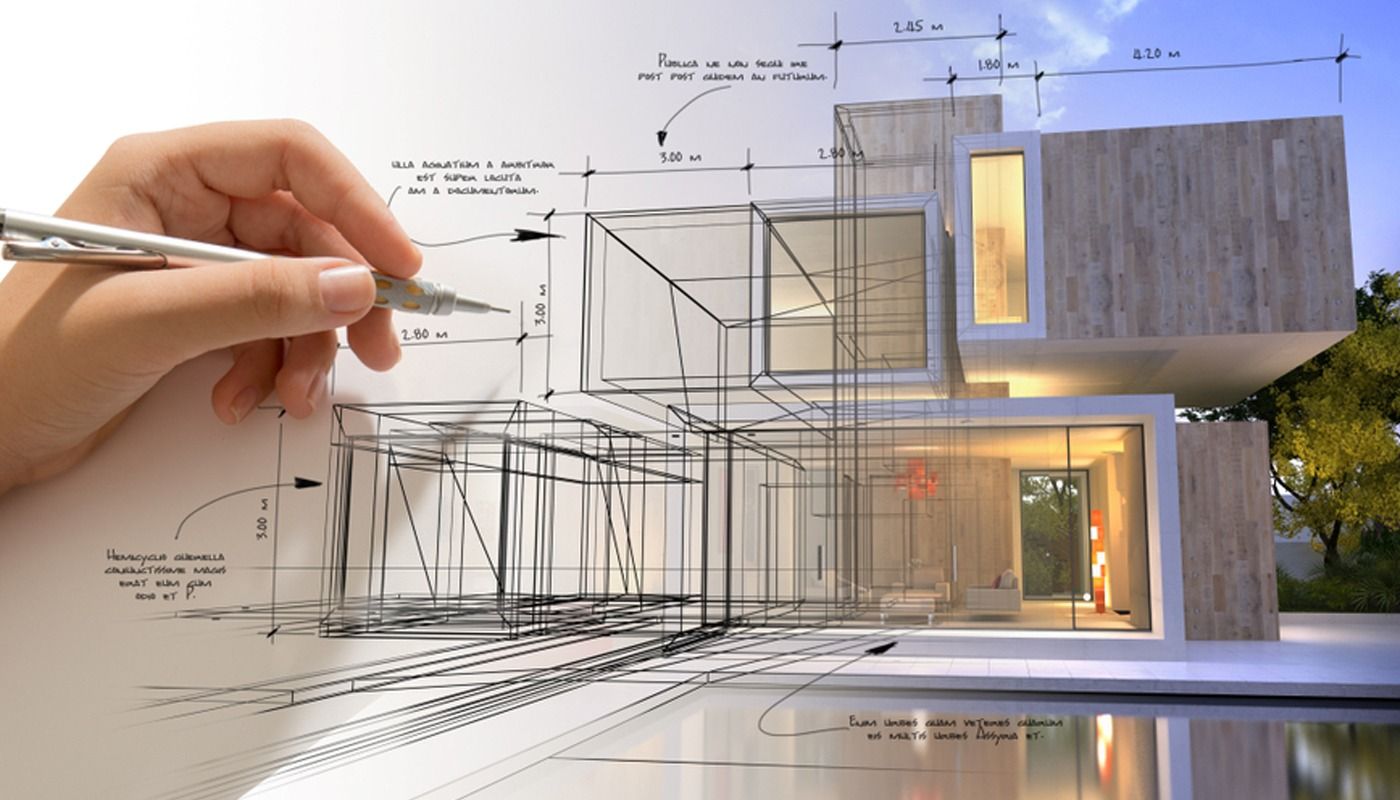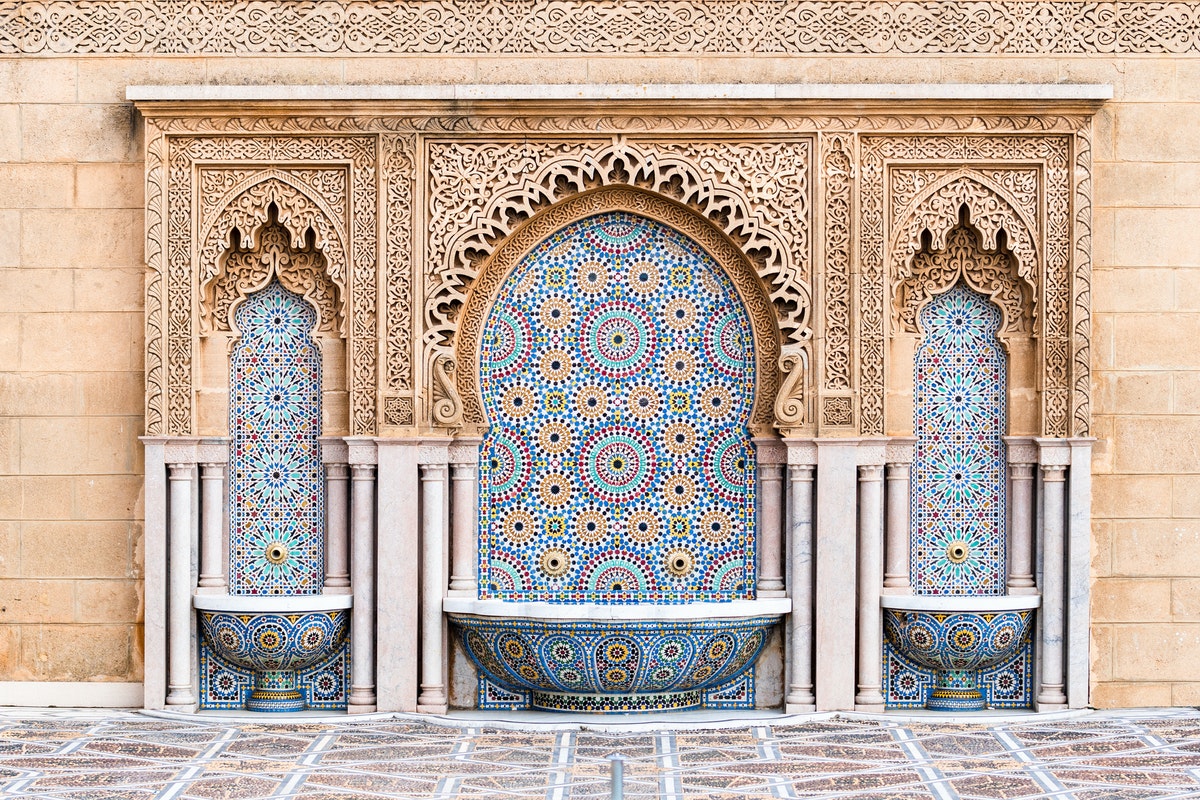What is Libeskind known for?
Architect Daniel Libeskind, son of Polish Jews and Holocaust survivors has asserted himself as the starchitect of memorial designs. His efforts in commemorating the holocaust worldwide are unmatched, and his approach to communicating grief and pain is quite unique. “If you forget your memory, have trauma and you repress it, it’s going to come to haunt you. It’s going to do something to you, something bad, something violent at some point,” said Daniel Libeskind once in a discussion about ‘memory’. “It’s important not to repress the trauma, it’s important to express it and sometimes the building is not something comforting.” He added, “Why should it be comforting? You know, we shouldn’t be comfortable in this world. I mean seeing what’s going around.” Accordingly, the Polish-American architect designs his memorials to convey the “trauma” of a tragedy and make it into something tangible.
The 5 Holocaust memorials demonstrate Daniel Libeskind extraordinary style
1.Jewish Museum in Berlin, Germany
The Jewish Museum in Germany has been there since 1933 but was inactive from 1938, by Nazi orders, till it opened again in 2001 after Daniel Libeskind’s proposal for the expansion. The zig-zag annex tells the story of Jewish suffering during WWII, translating different stages of the Holocaust horrors into an architectural journey through a bold monument of history. The cold concrete walls, the irregular and narrow paths, the dead ends, and the windowless spaces, all contribute to the horrific yet realistic experience. The popularity of this museum opened the door for Libeskind Studio to be commissioned with many similar projects.
2.Jewish Museum in Copenhagen, Denmark
The museum in Copenhagen opened in 2004. It is quartered inside a 17th-century boathouse and library. So, Libeskind maintained the historical exterior while transforming the interior into an expressive space, divided into 5 parts based on Jewish culture: Exodus, Wilderness, The Giving of the Law, The Promised Land, and Mitzvah. This museum is different from the rest of Libeskind’s memorials because the Danish Jews were, actually, saved from the Nazis by the efforts of their fellow countrymen. This act of kindness ‘mitzvah’ is the foundation of the design concept of the museum.
3. Ohio Statehouse Holocaust Memorial, USA
This is not a building but a 96 square meter outdoor memorial in Colombus, Ohio. It is meant to commemorate the Holocaust victims and the American soldiers who saved the survivors from the concentration camps. The memorial is comprised of two bronze panels, irregular on the inside till the center where they form, together, the void shape of a six-pointed star. The story of the Holocaust as told by a survivor of the Auschwitz concentration camp can be seen inscribed on the panels.
4. The National Holocaust Monument in Ottawa, Canada
The National Holocaust Monument was finished in 2017. It is built to commemorate the victims of the Holocaust and the Canadian survivors. The architect has named his design the “Landscape of Loss, Memory, and Survival.” This “Landscape” takes the abstracted form of the six-pointed star of David, which Libeskind perceives as the “visual symbol of Holocaust;” The symbol that was used to identify Jews as targets for extermination. The triangular concrete volumes of the star represent “the badges the Nazis and their collaborators used to label homosexuals, Roma-Sinti, Jehovah’s Witnesses and political and religious prisoners for murder,” as explained by Studio Libeskind.
‘’Through transformative power of architecture, this monument will become an important place for memory, remembrance and the celebration of the resilience of the human spirit.” Daniel Libeskind.
5. Names Monument in Amsterdam, Netherlands
The memorial to those murdered by the Nazis, from the Roma and Sinti residents of Netherlands, is composed of four volumes that form the Hebrew word לזכר, which means ‘In Memory of’. Its path is guided by the names of 102,000 victims, inscribed on red bricks of the same number, in addition to 1000 blank bricks for the unknown victims. The bricks are topped with mirror-like stainless steel, shaping the memorial’s four volumes.
The wall, also, represents Dutch history, where the conventional bricks and the sharp-edged reflective steel depict the past and present. Both are interrupted by a narrow gap; “This suspended emptiness, or ‘Breath of Air’, detaches the neighborhood from a future in which Dutch-Jewish families went missing,” as described by Studio Libeskind.
In all the memorial designs explored, the importance of storytelling through architecture for emotional engagement is dominant. An atmosphere is created in which not only a story can be shared, but inspiration and hope discovered.
“It’s about how to bring together the seemingly contradictory aspects of the memorial, which is about a tragedy and how it changed the world, but also about creating a vital and beautiful city of the 21st century.” Daniel Libeskind.
This occurs concurrently with the translation of the issues of our past or the recognition of the importance of the lives and deeds of individuals or groups of people. The use of sensory elements in memorial design and construction can provide a powerful, almost spiritual experience for all those who visit. Utilizing architecture as a focus for public commemoration and private contemplation is key to keeping a memory alive.
By Sushant Verma, Lucy Cassels, Boris Timev – Edited by Yosra M. Ahmed


